XPeng P7 vs Porsche Taycan – Performance, range & efficiency compared
Everyday use, family trips or long-distance drives – here’s where the differences show.
Discover whether XPeng P7 or Porsche Taycan fits your lifestyle better.
Costs and Efficiency:
Price and efficiency are often the first things buyers look at. Here it becomes clear which model has the long-term edge – whether at the pump, the plug, or in purchase price.
XPeng P7 has a clearly advantage in terms of price – it starts at 42500 £, while the Porsche Taycan costs 87900 £. That’s a price difference of around 45428 £.
In terms of energy consumption, the advantage goes to the Porsche Taycan: with 16.70 kWh per 100 km, it’s hardly perceptible more efficient than the XPeng P7 with 16.80 kWh. That’s a difference of about 0.10 kWh.
As for range, the Porsche Taycan performs somewhat better – achieving up to 680 km, about 104 km more than the XPeng P7.
Engine and Performance:
Power, torque and acceleration say a lot about how a car feels on the road. This is where you see which model delivers more driving dynamics.
When it comes to engine power, the Porsche Taycan has a significantly edge – offering 1034 HP compared to 473 HP. That’s roughly 561 HP more horsepower.
In acceleration from 0 to 100 km/h, the Porsche Taycan is clearly quicker – completing the sprint in 2.20 s, while the XPeng P7 takes 4.10 s. That’s about 1.90 s faster.
In terms of top speed, the Porsche Taycan performs evident better – reaching 305 km/h, while the XPeng P7 tops out at 200 km/h. The difference is around 105 km/h.
There’s also a difference in torque: Porsche Taycan pulls decisively stronger with 1340 Nm compared to 757 Nm. That’s about 583 Nm difference.
Space and Everyday Use:
Cabin size, boot volume and payload all play a role in everyday practicality. Here, comfort and flexibility make the difference.
Seats: XPeng P7 offers somewhat more seating capacity – 5 vs 4.
In curb weight, XPeng P7 is hardly perceptible lighter – 2020 kg compared to 2165 kg. The difference is around 145 kg.
In terms of boot space, the XPeng P7 offers barely noticeable more room – 440 L compared to 407 L. That’s a difference of about 33 L.
When it comes to payload, Porsche Taycan noticeable takes the win – 635 kg compared to 430 kg. That’s a difference of about 205 kg.
Who wins the race?
The Porsche Taycan proves to be is largely superior and therefore becomes our DriveDuel Champion!
Porsche Taycan is the better all-rounder in this comparison.
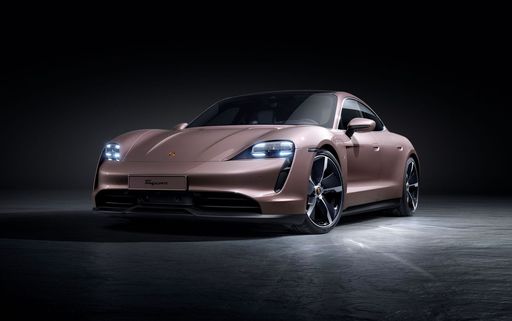
Porsche Taycan
XPeng P7
The XPeng P7 is a sleek and stylish electric saloon that embodies the future of automotive innovation. With its modern design and advanced technology, it offers an impressive driving experience, combining luxury with sustainability. The interior is thoughtfully designed to provide comfort and convenience, making it a strong contender in the competitive market of electric vehicles.
details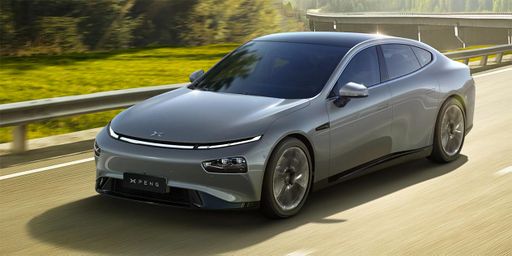 @ XPeng
@ XPeng
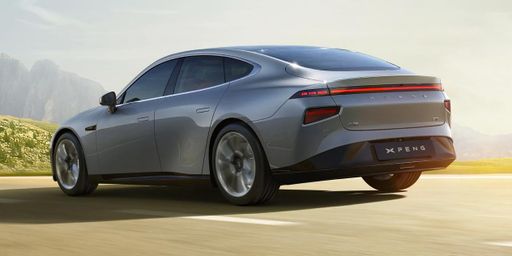 @ XPeng
@ XPeng
 @ XPeng
@ XPeng
Porsche Taycan
The Porsche Taycan redefines the electric vehicle landscape with its stunning design and thrilling performance. With its smooth lines and athletic stance, this four-door sports car captures attention while delivering an exhilarating driving experience. Inside, the Taycan boasts a luxurious and high-tech interior, seamlessly blending comfort and cutting-edge innovation.
details @ Porsche
@ Porsche
 @ Porsche
@ Porsche
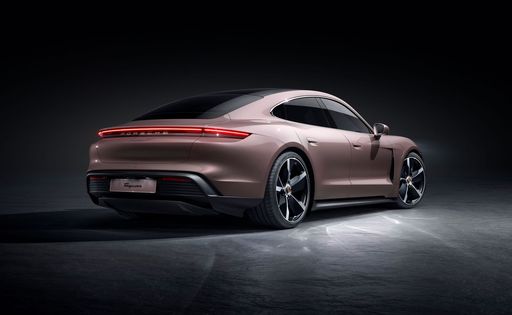 @ Porsche
@ Porsche
 @ Porsche
@ Porsche
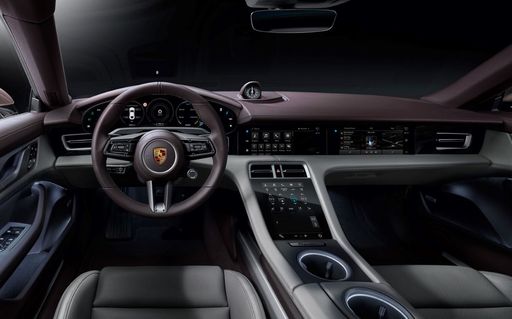 @ Porsche
@ Porsche

|

|
|
|
|
Costs and Consumption |
|
|---|---|
|
Price
42500 - 50200 £
|
Price
87900 - 206700 £
|
|
Consumption L/100km
-
|
Consumption L/100km
-
|
|
Consumption kWh/100km
16.8 - 19.2 kWh
|
Consumption kWh/100km
16.7 - 20.7 kWh
|
|
Electric Range
505 - 576 km
|
Electric Range
552 - 680 km
|
|
Battery Capacity
82.70 kWh
|
Battery Capacity
82.3 - 97 kWh
|
|
co2
0 g/km
|
co2
0 g/km
|
|
Fuel tank capacity
-
|
Fuel tank capacity
-
|
Dimensions and Body |
|
|---|---|
|
Body Type
Sedan
|
Body Type
Coupe
|
|
Seats
5
|
Seats
4
|
|
Doors
5
|
Doors
4
|
|
Curb weight
2020 - 2140 kg
|
Curb weight
2165 - 2370 kg
|
|
Trunk capacity
440 L
|
Trunk capacity
326 - 407 L
|
|
Length
4888 mm
|
Length
4962 - 4968 mm
|
|
Width
1896 mm
|
Width
1966 - 1998 mm
|
|
Height
1450 mm
|
Height
1378 - 1381 mm
|
|
Max trunk capacity
-
|
Max trunk capacity
-
|
|
Payload
430 kg
|
Payload
175 - 635 kg
|
Engine and Performance |
|
|---|---|
|
Engine Type
Electric
|
Engine Type
Electric
|
|
Transmission
Automatic
|
Transmission
Automatic
|
|
Transmission Detail
Reduction Gearbox
|
Transmission Detail
Reduction Gearbox
|
|
Drive Type
Rear-Wheel Drive, All-Wheel Drive
|
Drive Type
Rear-Wheel Drive, All-Wheel Drive
|
|
Power HP
276 - 473 HP
|
Power HP
408 - 1034 HP
|
|
Acceleration 0-100km/h
4.1 - 6.7 s
|
Acceleration 0-100km/h
2.2 - 4.8 s
|
|
Max Speed
200 km/h
|
Max Speed
230 - 305 km/h
|
|
Torque
440 - 757 Nm
|
Torque
410 - 1340 Nm
|
|
Number of Cylinders
-
|
Number of Cylinders
-
|
|
Power kW
203 - 348 kW
|
Power kW
300 - 760 kW
|
|
Engine capacity
-
|
Engine capacity
-
|
General |
|
|---|---|
|
Model Year
2024
|
Model Year
2024 - 2025
|
|
CO2 Efficiency Class
A
|
CO2 Efficiency Class
A
|
|
Brand
XPeng
|
Brand
Porsche
|
What drive types are available for the XPeng P7?
The XPeng P7 is offered with Rear-Wheel Drive or All-Wheel Drive.
The prices and data displayed are estimates based on German list prices and may vary by country. This information is not legally binding.
